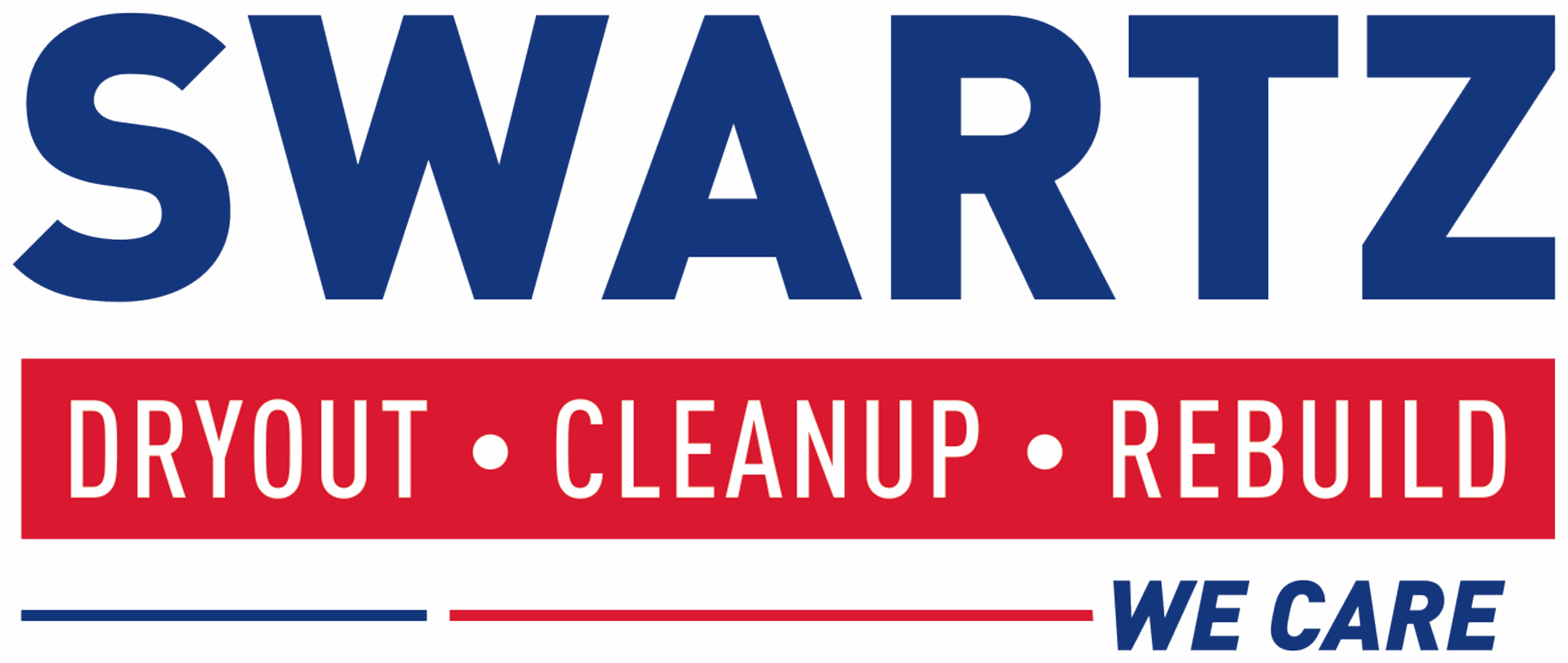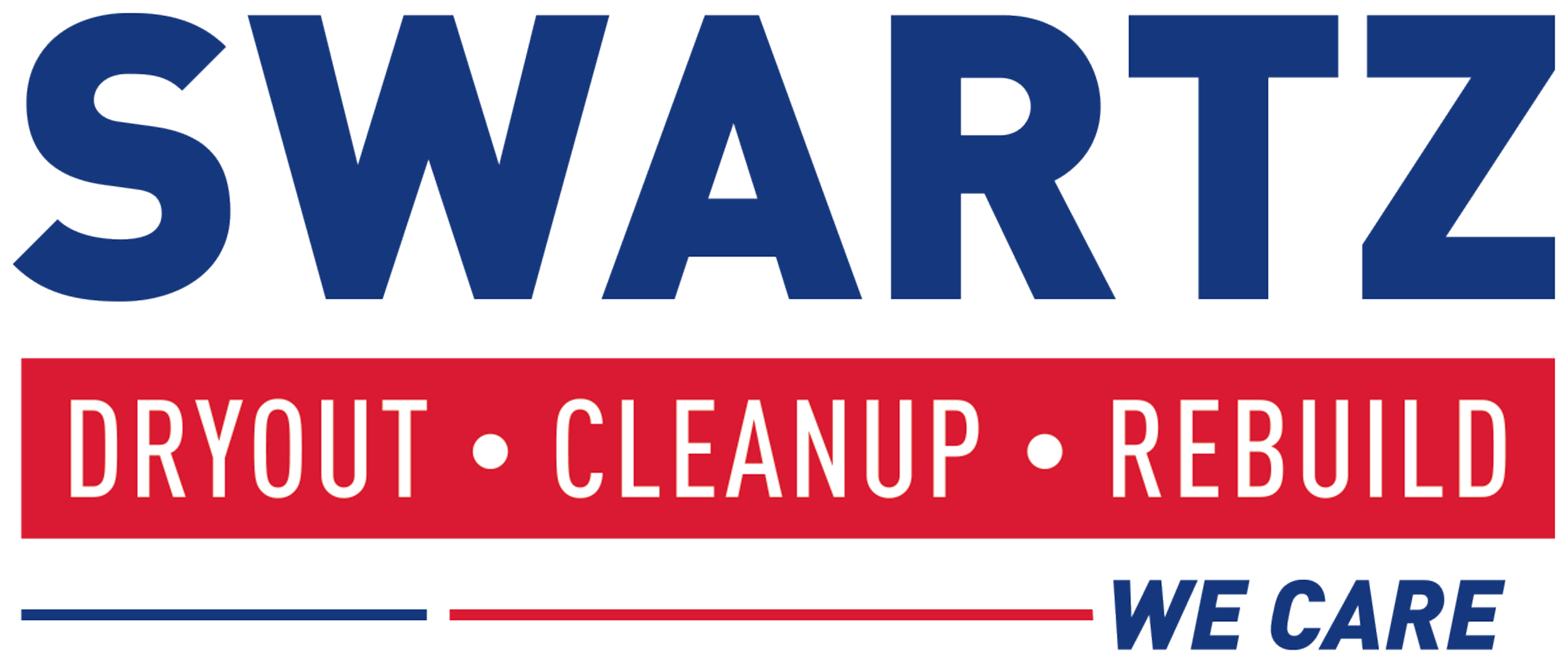The air inside your home and office can often be more polluted than the air outside. Within the air, you’ll find microscopic dust mites, mold, and pet dander. Even if you don’t have pets, you probably have pet dander in your home, as people you interact with can carry it around on their clothes. No matter what, you can’t completely avoid these materials in your air. However, you can work to improve your indoor air quality by following the tips below.
1. Maintain a healthy humidity level.
Mold and dust mites love high amounts of moisture. Keeping humidity levels between 30-50% can help keep these and other allergens under control. Use a dehumidifier during the cooler months and an air conditioner during the summer months to help reduce the amount of moisture within your home. As an added bonus, running an air conditioner will naturally reduce your indoor pollen count for allergy sufferers.
2. Cut out the chemicals.
Most people associate a citrus or pine scent with cleanliness – but these chemicals aren’t so good for you and your family. Synthetic fragrances found in many laundry products and air fresheners spread dozens of chemicals into the air. (And unfortunately, you won’t find those chemical names on the product labels.) To avoid strong and dangerous chemicals:
- Look for naturally-scented laundry products.
- Use mild cleaners that don’t include artificial fragrances.
- Stop using aerosol sprays, like hair sprays, air fresheners, etc.
- Open the windows and let in fresh air.
- Get a few indoor plants, since they act as living air purifiers.
3. Test for radon.
This colorless, odorless gas significantly raises the risk of lung cancer. It comes from the natural decay of uranium found in nearly all soils. From the soil, it moves through the ground and into your home through cracks and holes in the foundation. It doesn’t matter if you have a new or old house or if it’s drafty or airtight, any home can potentially have a radon problem.
Testing for radon is easy, cheap, and only takes a few minutes. If you discover that there is a radon problem in your home, there are some simple ways to reduce gas levels. Even high radon levels can usually be reduced to safe levels.
4. Make your house a no-smoking zone.
The single biggest cause of indoor air pollution is cigarette smoke, as a cigarette contains over 4,000 chemicals. Smoking indoors pollutes the air quality within your home and can cause many problems for your family. Second-hand smoke increases children’s risk of developing ear and respiratory infections, asthma, cancer, and sudden infant death syndrome. First-hand smoke can cause cancer, breathing problems, heart attacks, and stroke.
5. Keep your floors clean.
For maximum efficiency, use a vacuum cleaner with a clean HEPA filter and sweep your home at least twice a week to get rid of toxins and allergens like pollen, pet dander, and dust mites. In high-traffic areas, go over the same spot several times. Don’t forget walls, carpet edges, and upholstered furniture, where dust accumulates.
After you vacuum, mopping your floors will pick up any dust that sweeping leaves behind. You can skip the soaps or cleaners and just use plain water to capture any lingering dust or allergens. You can also place a large floor mat at every door. They greatly reduce the amount of dirt, pesticides, and other pollutants that get into your home.
By following these tips, you can significantly improve the quality of the air you breathe. It’s our goal to help you keep your home (or business) in its best condition. If you need moisture control, mold cleanup, or restoration services, let the professionals at Swartz Contracting help you! For more information about our services, click here.


